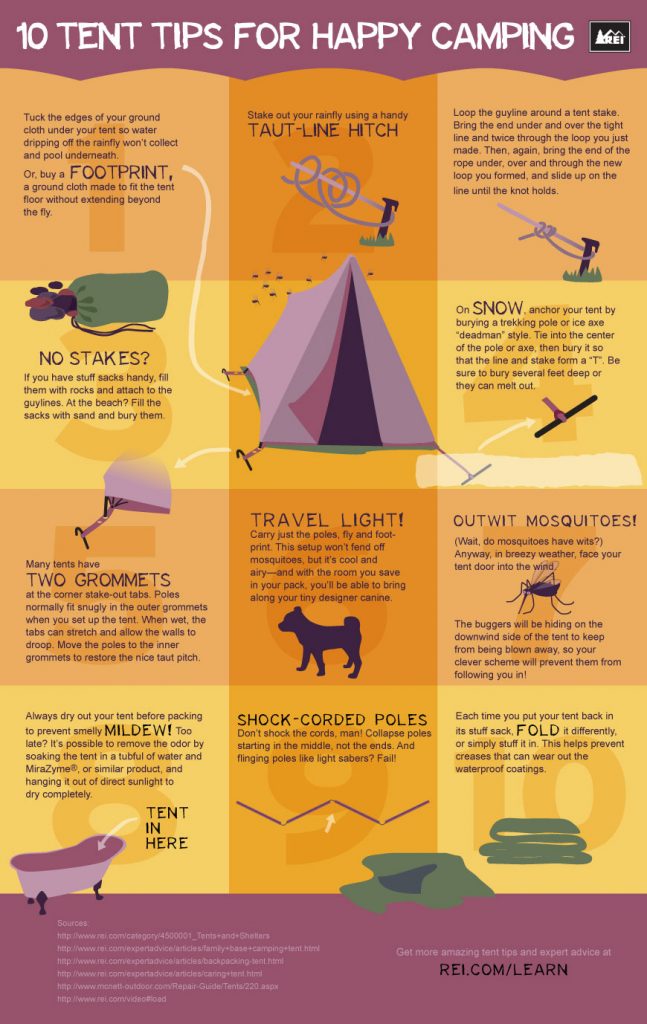Why Outfitters Still Rely On Wall Tents Today
Why Every Four-Season Tent Demands a Range JackA double-wall layout that's both breathable and water resistant. They can be extra comfortable than single-wall outdoors tents in wintertime but can be less spacious and open up views less.
Designed to stand up to high winds and shed snow. They might also have thicker posts and extra guylines to enhance rigidity.
Whether you're glamping or backpacking, these camping tents can handle a range of winter problems. They're ideal for those seeking a comfy and warm hideaway in the backcountry.
1. Weatherproofing
Lots of camping tents include waterproofing that's boosted by polyurethane finishes and sturdy water repellent (DWR) therapies. At some point, nonetheless, modifications in temperature and prolonged direct exposure to sunshine can degrade the camping tent's protective coverings. Revitalizing these with joint sealer or a DWR therapy can help shield your camping tent from wetness damages and lengthen its beneficial life.
When leaving your tent, make the effort to thoroughly fold up and fit each shockcorded pole area into area. This will certainly prevent unnecessary stress that can deteriorate or chip the post sections and bring about structural problems when you set up camp.
Likewise, make use of the Leave No Trace principle when choosing camping areas. Select spots that are free of rocks, want cones and various other debris that can penetrate or abrade the tent floor and fly. Also consider bringing an impact, which is a custom-cut ground cloth made specifically for your tent's layout and will certainly secure it from dust, grit, pebbles and other sharp items.
2. Air flow
If you are camping in the Everglades' humidity or Death Valley's warm, you require an outdoor tents with good ventilation. Ventilation is a crucial factor in maintaining comfort and getting rid of mold and mildew that can make your camping tent unusable.
The ventilation system of a four-season tent is developed to remove cozy, wet air and change it with cooler, canvas drier air. This air exchange lowers condensation by removing moisture from the air prior to it can settle on the walls and ceiling of your tent.
To guarantee your outdoor tents has adequate ventilation, look for breathable materials and adjustable vents. Also, elevate your tent slightly off the ground to improve airflow. Another key element of an excellent air flow system is using an oven jack, which supplies a risk-free exit point for your tent's smoke pipeline to stop carbon monoxide gas poisoning.
3. Livability
While a 4 period camping tent might not be the very best choice for ultra-light backpackers, it is necessary for those intending to camp year-round. Buying this kind of shelter saves money on different arrangements and minimizes gear turnover. It also allows you to discover landscapes at various seasons, opening up silent off-season experiences and attractive winter months surface.
If you choose a durable and large four period outdoor tents like the KUIU Storm Star 2 or the Samaya 2.0, make certain that it supplies sufficient climate defense. This consists of a durable structure, strong poles and fabrics developed to withstand high winds and lost snow. Seek seams that are double-stitched and finishes like water repellent, mold & UV resistance coverings that secure your financial investment from the components.
In addition, pick a double-wall design for the best livingability. Single-wall designs can be water-proof but have problems with condensation. They can additionally be as well hot for summer and not well fit to rainfall.
4. Storage space
Storing your tent in a shaded location protects it from the severe UV rays of sunshine. Prolonged exposure to these rays can break down and damage the material gradually, making the camping tent much less sturdy. It's also important to routinely check the stored camping tent for indications of wetness and invasive pests.
Storage space outdoors tents are usually more convenient to make use of than irreversible frameworks due to the fact that they do not need any type of changes to your residential property. They likewise provide the flexibility of moving them around your outdoor room to resolve various storage requirements.
4-season camping tents are developed to endure harsh weather. They generally feature inflexible frameworks to remain steady in high winds and thicker walls to offer warmth versus snow and tornado winds. They strike an equilibrium in between critical features like weather protection, weight, and indoor area to fit your certain experience objectives. The NEMO Kunai 2 and Hilleberg Nammatj 2 are both fine examples of 4-season outdoors tents that balance climate security, weight, and livability.
